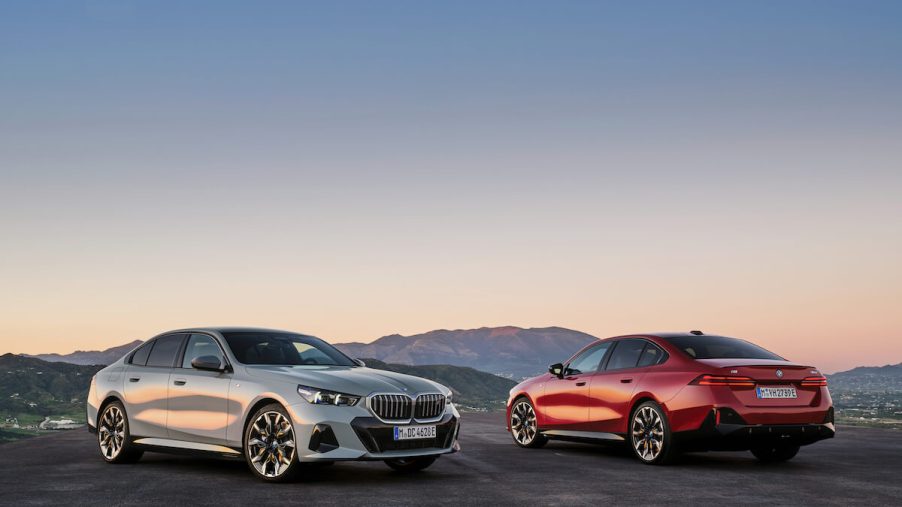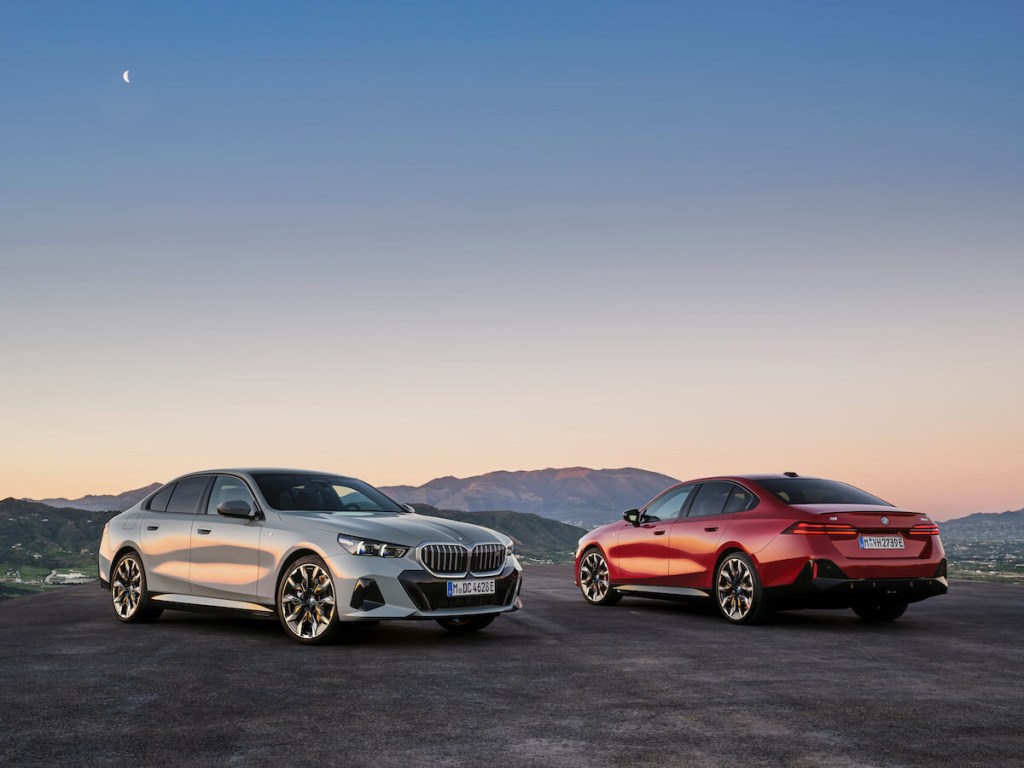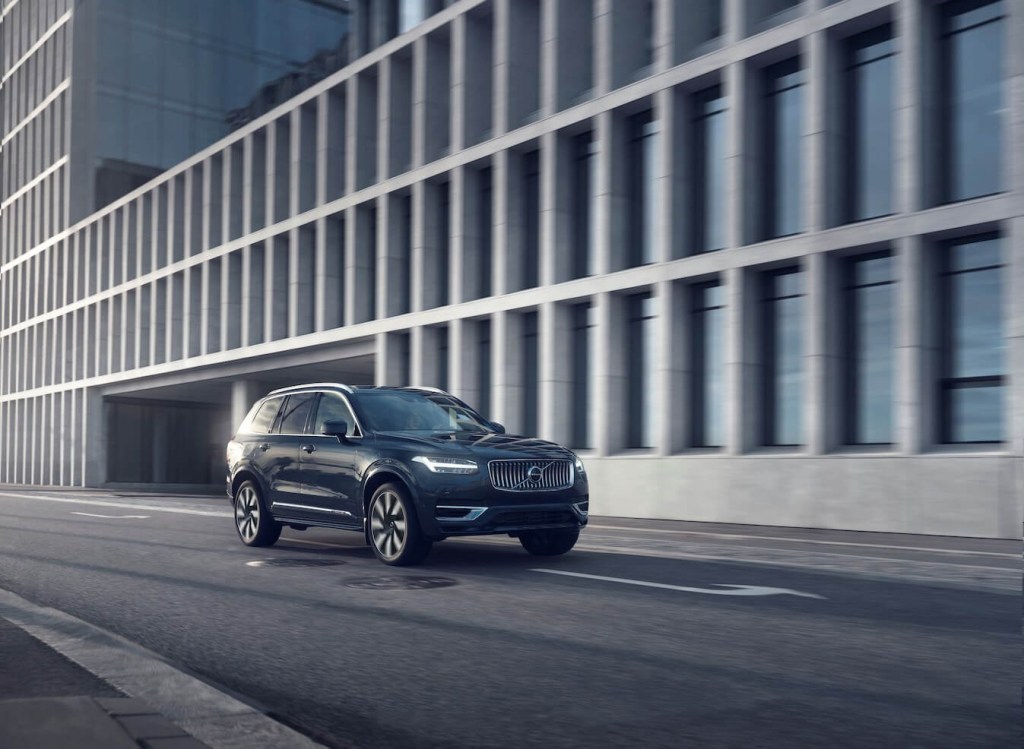
Your Car Probably Has Formula 1 Technology: 4 Tech F1 Innovations That Could Be in Your Car
Formula 1 is the pinnacle of open-wheel racing in the world. The 20 best drivers in the world (or so they’ll tell you) drive the best cars around some of the fastest race tracks in the world. This weekend, while many of us will be watching the Indy 500, millions more will be watching the Monaco Grand Prix where the drivers will navigate a short, twisty, course made up of streets. To get through those tight streets, you better bet the drivers are relying on lots of fancy technology (and big wings) to keep their 220-mile-per-hour missiles on the asphalt.
Over the years Formula 1 has driven (no pun intended) automotive technology. Here are four bits of technology that are on your car that came from Formula 1.
Automated dual-clutch gearboxes and paddle shifting
In 1989 Ferrari debuted the first F1 car not to have a clutch pedal. Until then, every Formula had a three-pedal layout. But Ferrari was able to remove the third pedal and the traditional shifter. The Scuderia replaced that with two paddles behind the steering wheel for the first time at Monaco. In just a few years, every car on the grid had paddles instead of a shifter.
Paddles are a lot easier for a driver to use at high speeds. Left for upshifts, right for downshifts. The concept worked so well that most cars, some trucks and even minivans now use the technology to help the rest of us bang off a quick shift when we need. Because of this, F1 drivers brake with their left foot.
F1 pioneered Active Suspension

You don’t often think that your car’s suspension is doing a lot of work to predict how to react. But, in many cars it is. In BMW 5 Series and 7 Series cars, the Tesla Model S, the Mercedes S-Class sedans, as well as more pedestrian cars like the Ford Focus, you can order active suspension. Active suspension takes your steering inputs, the car’s position on the road, the road surface and much more into consideration, and adjusts to compensate.
The S-Class makes use of its active suspension by quickly adapting to the road surface, such as potholes or even a dirt road, and can almost immediately react. It provides a magic carpet ride over almost any surface. Formula 1 cars started pioneering that technology in 1992 and then it became standard. It actually became so good that Formula 1’s governing body, the FIA, banned the systems because it was just too darn good.
Energy Recovery when you brake

Hybrid cars and electric cars use the heat generated when you brake to add extra juice to the batteries. Though the system had been around for a while, Formula 1 cars have a different type of system called KERS, for Kinetic Energy Recovery System, that is now showing up on consumer cars. Formula 1 cars are also hybrids and to recharge their batteries they harness the rotating energy of the cars wheels.
In 2020 Volvo added a KERS system to the XC90 crossover. The Volvo XC90 uses a carbon fiber flywheel that spins up to 60,000 RPM. When you hit the brakes, that energy is sent to the flywheel. When you accelerate, the power from the spinning flywheel is added to drive the rear wheels.
Fancy steering wheels with tons of buttons
Remember your dad’s Ford Maverick? Yeah, it had one big horn button in the middle of the wheel. That was it. Today’s cars have tons of buttons, switches, knobs, dials, and paddles on them. Thank Formula 1 for that.
In a race car you want to change the settings on the fly. Instead of putting buttons on the dash that would require a driver to take their hands off the wheel, engineers added them to the steering wheel. A Formula 1 wheel allows you to set everything from the suspension to engine modes and battery depletion rates. While most of us only need to change the radio, the reason we can keep our hands on the steering wheel is because of F1 drivers.


